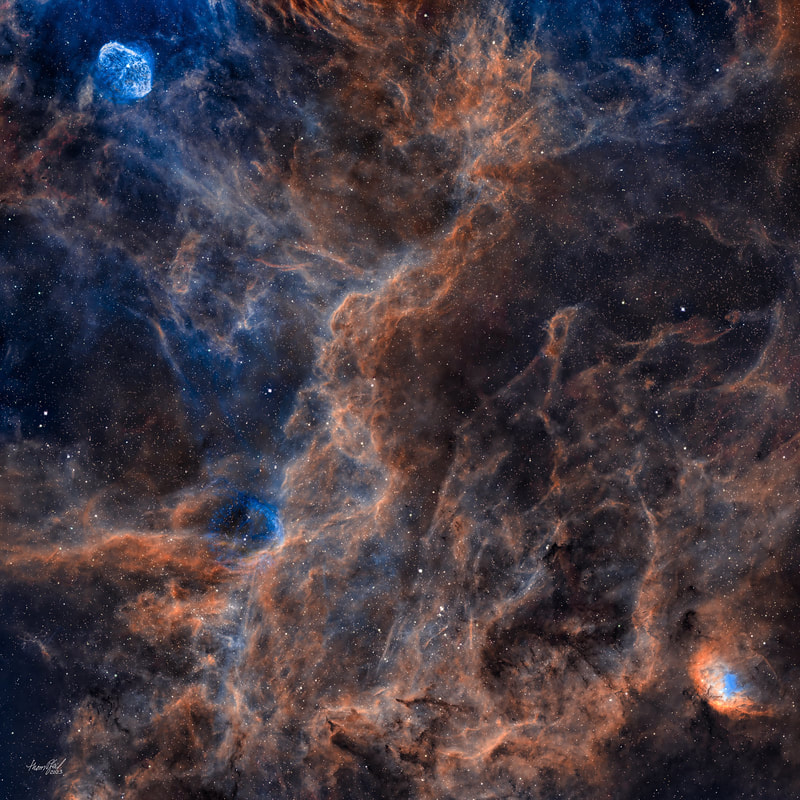The CCD/CMOS Camera Authority since 1995
Designed, Engineered, Produced and Serviced in North America
JOIN OUR DISCUSSION GROUP: https://groups.io/g/MallinCam
JOIN LIVE BROADCASTS FROM AROUND THE WORLD: https://liveskies.org
What makes MallinCam cameras stand out from the rest?
MallinCam cameras go beyond a mere list of specifications. They embody qualities such as superior design, meticulous craftsmanship, unwavering reliability, exceptional service, and the ability to be upgraded. These are all essential criteria for a top-tier astronomical camera, whether it's used for
scientific imaging or live EAA applications.
All MallinCam are assembled by hand with the utmost care to ensure exceptional quality. Such high standards naturally restrict MallinCam production capacity and, at times, the demand for MallinCam camera outpaces this capacity.
Therefore, the availability of certain models may be limited. New MallinCam products are exclusively sold by Official MallinCam retailer who receive regular deliveries and independently manage the allocation and sales of cameras to customers.
Jack's Astro Accessories ([email protected]) is proud to be part of the worldwide network of Official MallinCam line up and can provide information on the availability of your MallinCam product.
Therefore, the availability of certain models may be limited. New MallinCam products are exclusively sold by Official MallinCam retailer who receive regular deliveries and independently manage the allocation and sales of cameras to customers.
Jack's Astro Accessories ([email protected]) is proud to be part of the worldwide network of Official MallinCam line up and can provide information on the availability of your MallinCam product.
Image by: Thom Pfeil, Texas USA
NGC6888, SH2-101, & WR 134
The Crescent and Tulip Nebulas with Wolf-Rayet star WR 134 taken from Austin, Texas with MallinCam DS26mTEC monochrome camera with Baader Ultra-Highspeed CMOS-optimized SHO narrowband filters on a RASA 11" telescope. Image planning and acquisition with NINA. Processing with PixInsight and Photoshop.
Image is a 6-Panel mosaic taken July/August 2023. Captured with 60 second exposures, there are over 3 hours of each filter in each panel (total of 3,559 images).
The bluish bubble shaped nebula on the lower left is is caused by the solar wind from Wolf-Rayet star WR 134. Wolf-Rayet stars are rare (literally one in a billion), super hot and very bright bloated monsters with short lifespans in the millions of years ending in a supernova explosion. WR 134 is about 6,000 light years away (the brightest star in the center of the bubble).
NGC6888, SH2-101, & WR 134
The Crescent and Tulip Nebulas with Wolf-Rayet star WR 134 taken from Austin, Texas with MallinCam DS26mTEC monochrome camera with Baader Ultra-Highspeed CMOS-optimized SHO narrowband filters on a RASA 11" telescope. Image planning and acquisition with NINA. Processing with PixInsight and Photoshop.
Image is a 6-Panel mosaic taken July/August 2023. Captured with 60 second exposures, there are over 3 hours of each filter in each panel (total of 3,559 images).
The bluish bubble shaped nebula on the lower left is is caused by the solar wind from Wolf-Rayet star WR 134. Wolf-Rayet stars are rare (literally one in a billion), super hot and very bright bloated monsters with short lifespans in the millions of years ending in a supernova explosion. WR 134 is about 6,000 light years away (the brightest star in the center of the bubble).

